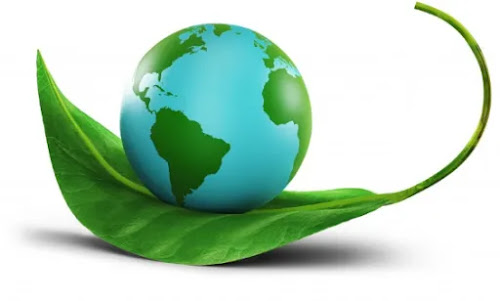Environmental Impact Assessment or EIA is the process or study which predicts the effect of a proposed industrial/infrastructural project on the environment. It prevents the proposed activity/project from being approved without proper oversight or taking adverse consequences into account
Stages of EIA:
#Screening
#Scoping
#Baseline Study
#Impact Prediction
#Impact Assessment
#Mitigation
#Producing Environmental Impact Statement(EIS)
#EIS review
Then In Majorly,
Follow up
Follow up relates to the post-approval phase of EIA and encompasses monitoring of impacts, the continued environmental management of a project, and impact auditing. Without any form of follow up EIA would operate as a linear rather than an iterative process, and an important step towards achieving environmental protection will also have been omitted.
Follow up presents an opportunity both to control environmental effects and to learn from the process and cause-effect relationships. Ideally, data generated by monitoring and other aspects of follow up should be compared with the original predictions and mitigation measures in the EIS to determine
- the accuracy of the original predictions
- the degree of the deviation from the predictions
- the possible reasons for any deviation
- whether mitigation measures have achieved their objective of reducing or eliminating impacts
Why New Version is Problematic?
India's new EIA draft has been widely criticised for its problematic changes in rules. Experts say most of the provisions in the new draft of EIA proves to be a regressive departure from the earlier version.
The public feedback window for the new EIA draft has been now extended till August 11th by the Delhi High Court.
EIA is not New to us. Let see History of it then look in to EIA 2020.
History of EIA in India:
The Indian experience with Environmental Impact Assessment began over 20 years back. It started in 1976-77 when the Planning Commission asked the Department of Science and Technology to examine the river-valley projects from an environmental angle. This was subsequently extended to cover those projects, which required the approval of the Public Investment Board. Till 1994, environmental clearance from the Central Government was an administrative decision and lacked legislative support.
On 27 January 1994, the Union Ministry of Environment and Forests (MEF), Government of India, under the Environmental (Protection) Act 1986, promulgated an EIA notification making Environmental Clearance (EC) mandatory for expansion or modernisation of any activity or for setting up new projects listed in Schedule 1 of the notification. Since then there have been 12 amendments made in the EIA notification of 1994.
The MoEF recently notified new EIA legislation in September 2006. The notification makes it mandatory for various projects such as mining, thermal power plants, river valley, infrastructure (road, highway, ports, harbours and airports) and industries including very small electroplating or foundry units to get environment clearance. However, unlike the EIA Notification of 1994, the new legislation has put the onus of clearing projects on the state government depending on the size/capacity of the project.
Certain activities permissible under the Coastal Regulation Zone Act, 1991 also require similar clearance. Additionally, donor agencies operating in India like the World Bank and the ADB have a different set of requirements for giving environmental clearance to projects that are funded by them.
EIA 2020 Problems:
EIA 2020 was proposed on March 2020 and then leave to public comment till June 2020. Later Court interfere and extended till August 11, 2020.
The main purpose of each ecological impact assessment is ecological protection. But ecological activists accuse the Ecological Impact Assessment Draft for 2020 of prioritizing investment and business growth.The current draft, which divides permits for factories into two, also allows for the issuance of permits without any expert panel scrutiny. This Ecological Impact Assessment 2020 is opposed as it is more favorable to corporates and does not detect wetlands.
Solution:
Before August 11, 2020 hope the government review all the Datas from people in thought hope they review the Draft of EIA 2020.


Post a Comment